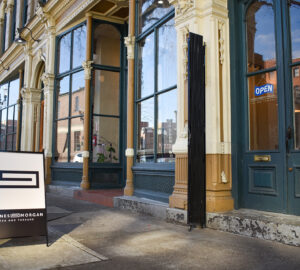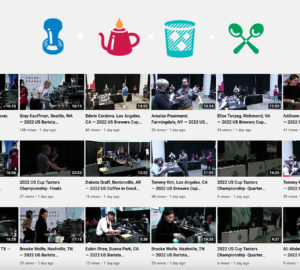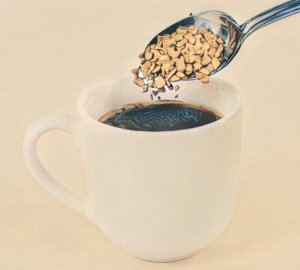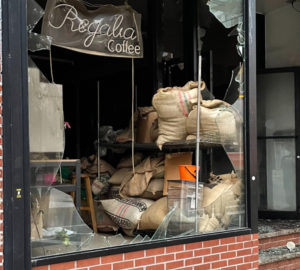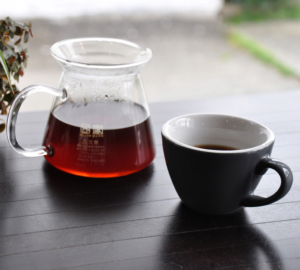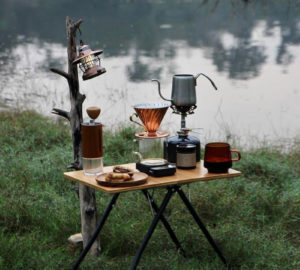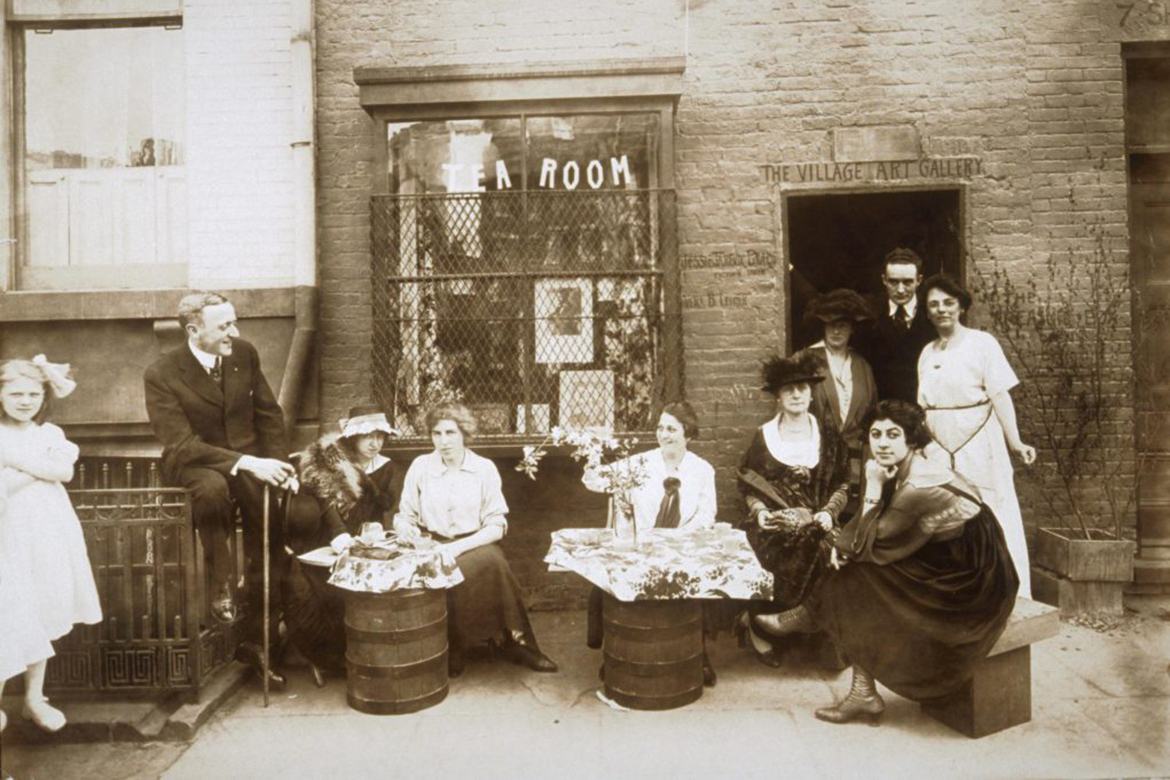
Coffee houses have a long and noted history for being hot beds for new and radical ideas. The home of the intellectual and the revolutionary alike, the coffee house was home to the free exchange of ideas amongst the people (much to the chagrin of those in power). But it’s Tea Week on Sprudge, and so we must ask: what of the tea room? According to an article in JStor Daily, the tea room was no less revolutionary and in many ways were hotbeds of late-19th/early-20th century radical feminism.
At the turn of the century, women in America and parts of Europe weren’t allowed to dine out unaccompanied by a man, if they were even allowed into the establishment at all. Without gathering places to go and socialize, women of the time often found themselves relegated to sit at home alone. But they came up with an ingenious solution: turn sections of their houses into tea rooms, creating places for women to dine out.
It wasn’t just room in their homes, though. According to the article, women “rented or borrowed barns, old houses, and grist mills to serve as makeshift tea rooms.” In them, proprietors would serve tea (most of the time) and a variety of light fare, a contrast from the heavy, meat-and-potatoes dominated menus of the male-catering establishments. Things like fruit and vegetable salads, finger sandwiches, waffles, and toasts were common on the hand-written menus. (So basically a menu that would not be out of place in today’s Instagram cafes.)
Tea rooms were more than just places for socializing, though. They also served as a means for women to earn an income. Per the article, “unlike many occupations, feeding people and presiding as hostesses were accepted ways for women to enter the workforce, since these tasks felt a lot like what they’d been doing all along, without pay.”
Tea rooms soon became a symbol of independent women. From the article’s author Cara Strickland:
As a young girl, I read books like the Nancy Drew mysteries—the characters were always popping into tea rooms for lunch. To a modern reader, tea rooms conjured visions of crumpets and china, but when the books were published (the first in 1930), mentioning a tea room was meant to communicate to the reader that Nancy and her friends were independent women who could eat out without a man to escort them. While most women think nothing of dining out without a man now, tea rooms played a major role in bringing about this phenomenon.
The effects of the tea room are still felt in the modern dining scene, where common table items like flowers and candles all trace their roots back the “home idea” trend popular in tea rooms. While coffee houses may be better known as the birthplaces of radical ideas, tea houses were literal homes of revolution.
Zac Cadwalader is the managing editor at Sprudge Media Network and a staff writer based in Dallas. Read more Zac Cadwalader on Sprudge.
Top image via JStor Daily
Sprudge Tea Week is presented by Breville USA.
















